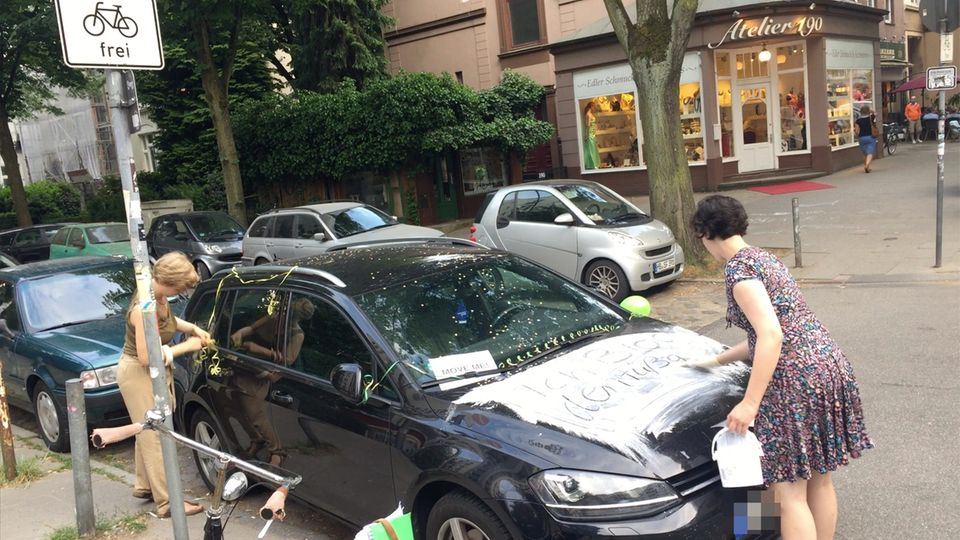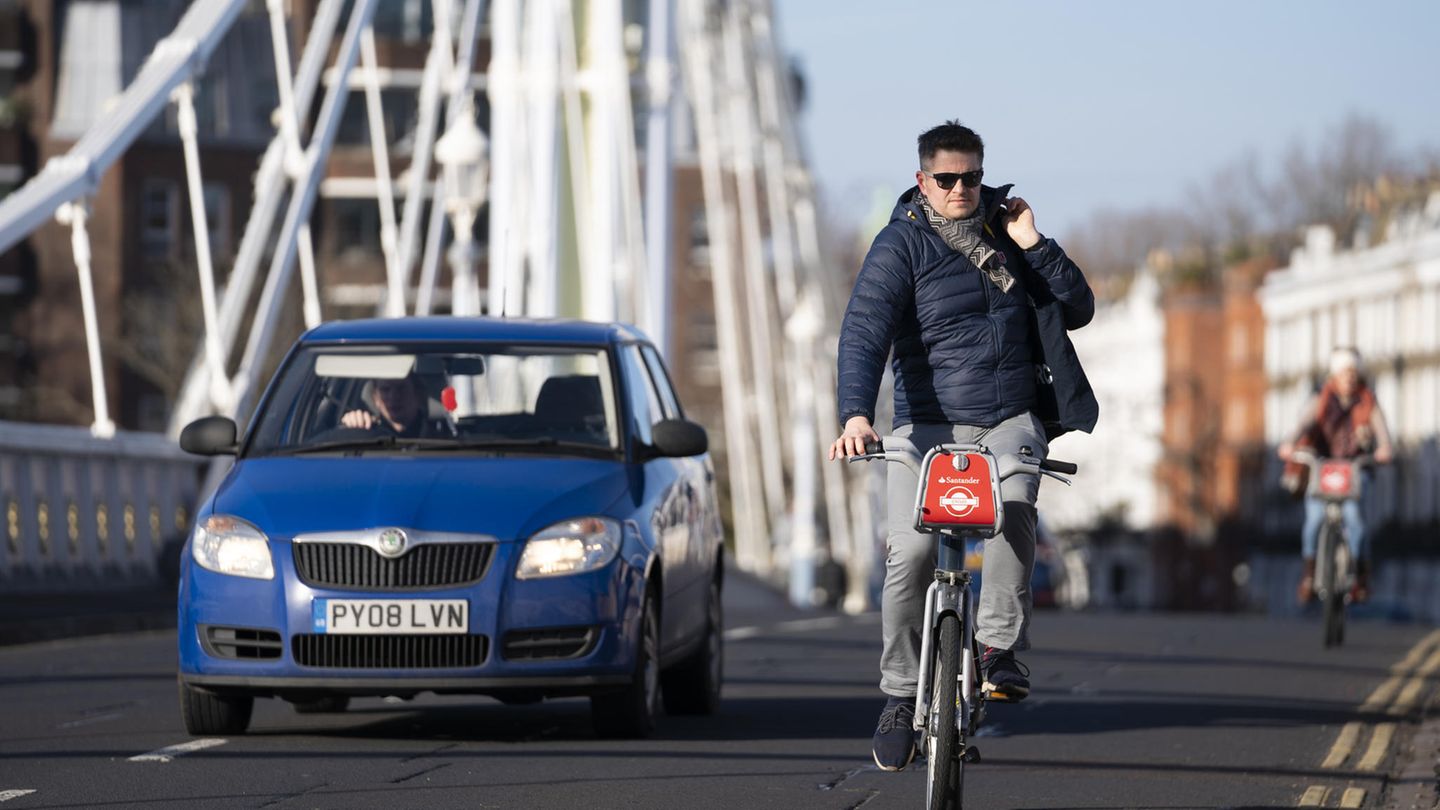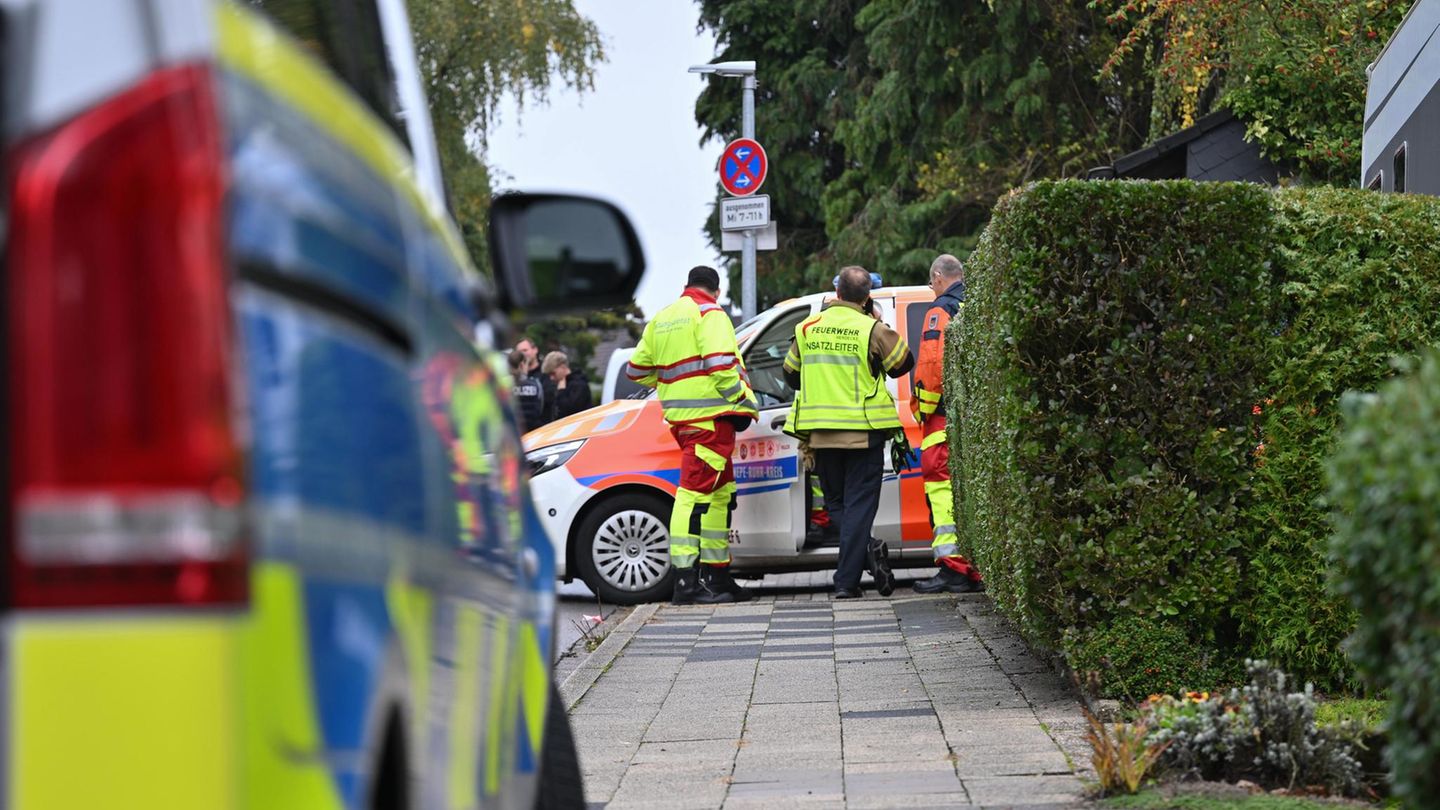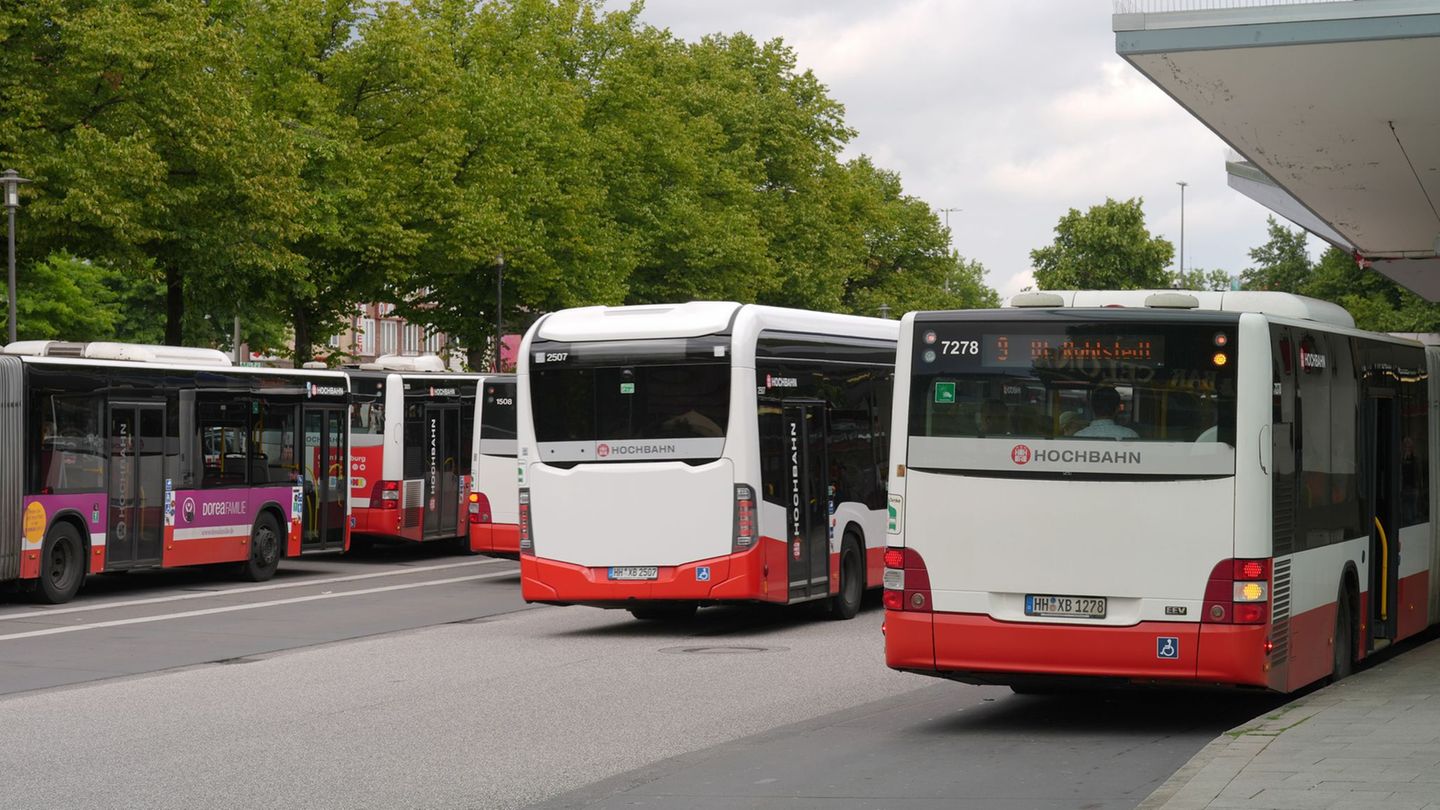There are new traffic regulations in Britain. Drivers now have to be very brave, their rights and habits are being massively restricted.
It’s seldom good news from Boris Johnson’s post-Brexit Britain, but cyclists and pedestrians alike now have cause for celebration. An update to the British Road Traffic Act strengthens the position of the weaker participants and turns the previous hierarchy upside down.
The British are far bolder than Berlin.
The changes are clearly from the goal of “Zero fatalities” inspired. Scandinavian cities are demonstrating how this can be done. To do this, the weaker, accident-prone road users must be consistently protected, and that is only possible if the thinking of the post-war period – “Free ride for the faster and stronger” – is overcome. It is a “Concept that puts the road users most at risk in the event of a collision at the top of the hierarchy”according to the code.
Living space instead of traffic space
“Those responsible for vehicles that can cause the most damage in the event of a collision have the greatest responsibility to be careful and reduce the danger they pose to others.” This means that drivers in particular have to rethink. When disembarking, the over-the-shoulder look is through the “Dutch grip” mandatory, cyclists may only be overtaken at a distance of 1.5 meters.
“Crossing the street or driving to school with kids shouldn’t take courage, but sometimes it feels like it”according to traffic officer Chris Boardman. “These changes to the Highway Code demonstrate our responsibility to each other and reinforce what good road users are already doing. However, this refresher offers more than just orientation, it makes our towns and villages nicer places to live.”
bear responsibility
In detail, the responsibility shifts. The faster and more dangerously you travel, the more responsibility you bear. Cyclists are also being warned to keep their distance from horses and pedestrians and to slow down, but the core of the changes hit motorists.
Cyclists are encouraged to ride in the middle of the lane rather than on the side of the road in many situations, especially when approaching intersections and narrow roads. The idea behind this is to prevent cyclists from being overlooked, pushed to the edge or run over when turning. The necessary consequence of the innovation will be that in many cases motor vehicles will have to drive behind cyclists. And that at an unusual speed of around 20 km/h.
Overtaking will be difficult
Overtaking in oncoming traffic is practically impossible. Cyclists are expressly granted the right to ride side by side. They should even do it if they are traveling in larger groups or if there are children or less experienced drivers in the group.
Another innovation does not make life easier for drivers: cyclists are allowed to overtake cars in traffic jams and slow-moving traffic on the left and right. In the UK, unlike in Germany, there was never an explicit obligation to use a cycle path. The new code explicitly states that cyclists “not obliged” are to use bike lanes and paths. And that it is at their discretion to use them if they are “Ride safer and easier” power.
The situation at the intersection clarifies the current legal situation: cyclists who want to go straight ahead have priority over traffic turning off – the traffic signs indicate something different. What is new is that pedestrians also have priority over turning traffic – i.e. over turning cyclists.
Watch the video: On the road with bicycle guerrillas – that’s what happens when you radically unmask illegal parkers.

Code is based on case law
Bitter arguments erupted over the weekend when the new code was introduced. Many drivers were not even aware of the details of the innovations, others probably did not want to accept the new position at the end of the chopping ladder. At the same time, cycling activists happily demonstrated their new rights. In fact, the new provisions of the Code are not as revolutionary as they first appear. Above all, the government is not going it alone. Most of the changes and clarifications take on the case law of recent years and pour these individual cases into binding rules.
Source: Stern
I am a 24-year-old writer and journalist who has been working in the news industry for the past two years. I write primarily about market news, so if you’re looking for insights into what’s going on in the stock market or economic indicators, you’ve come to the right place. I also dabble in writing articles on lifestyle trends and pop culture news.




